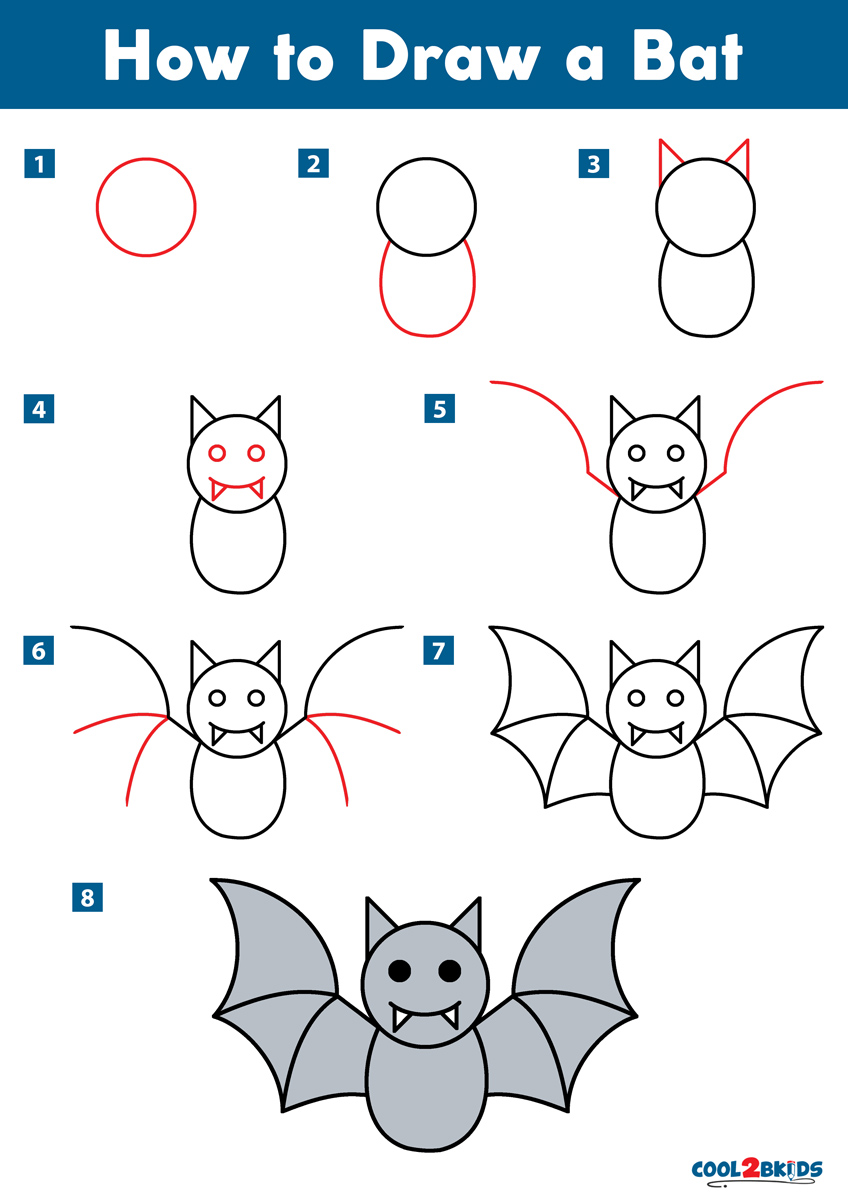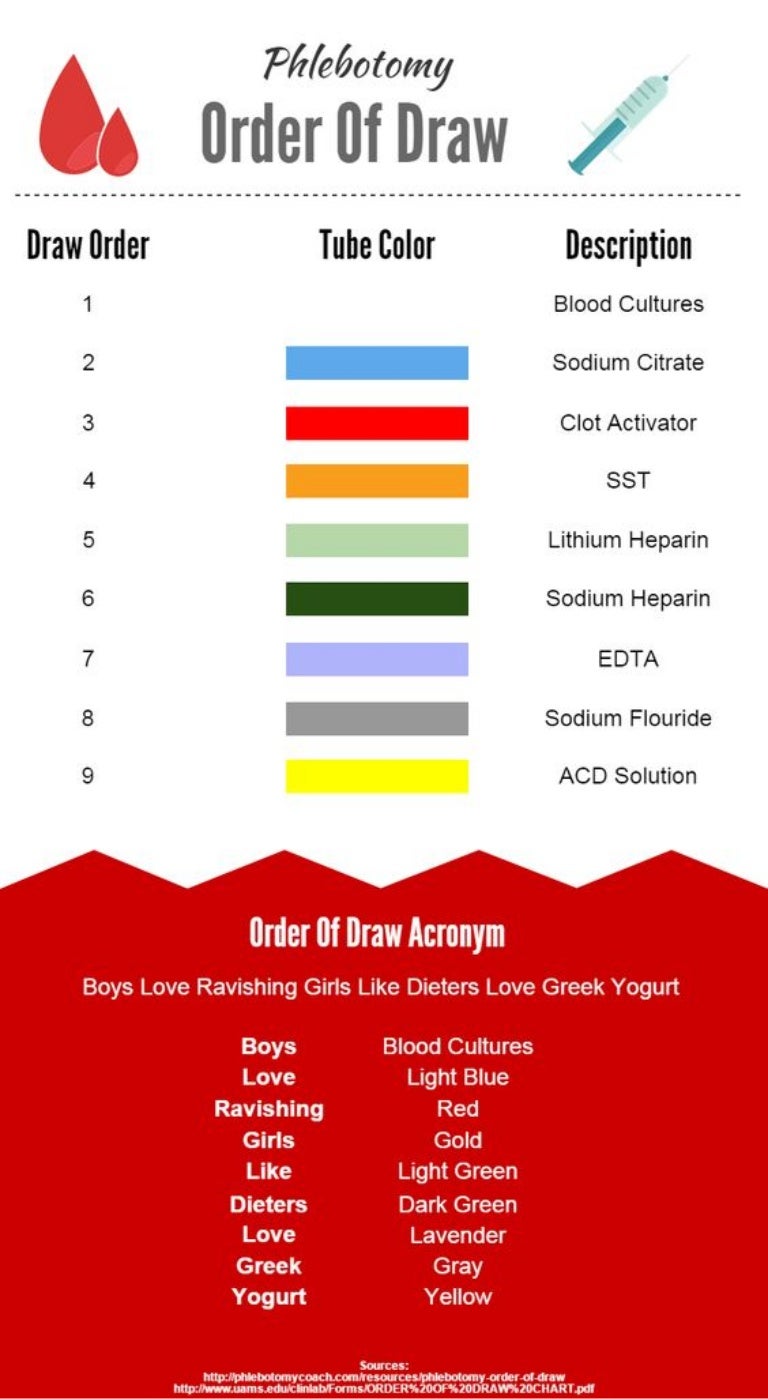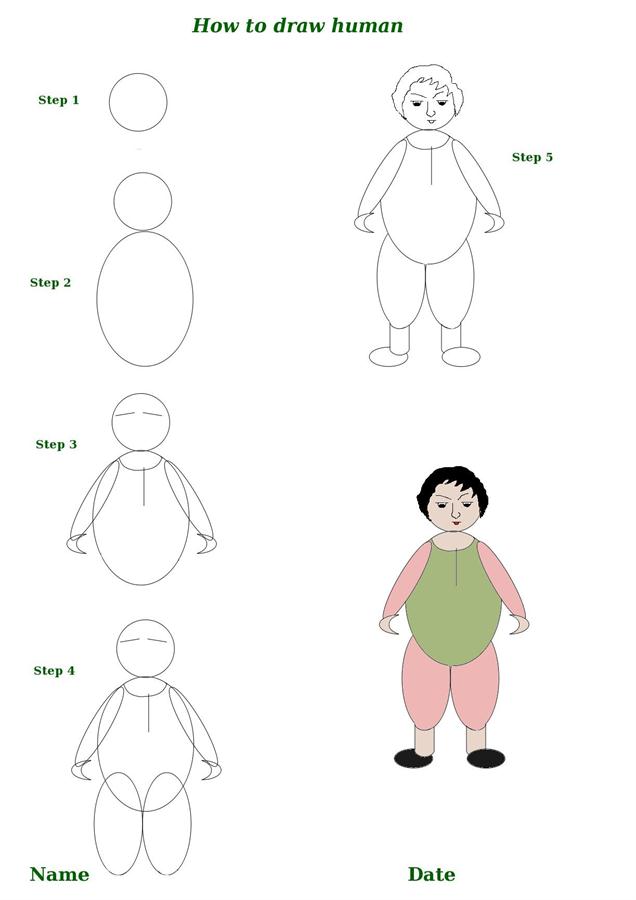Learn box whisker plots how to draw and read them
Table of Contents
Table of Contents
Are you struggling with drawing a box and whisker plot? Don’t worry; you’re not alone. Many people find it challenging to create this type of graph, and it can be frustrating. But fear not! In this article, we will walk you through the process of how to draw a box and whisker plot step by step.
Pain Points
The problem with drawing a box and whisker plot is that it requires a bit of mathematical knowledge and can be tedious to create by hand. In addition, it can be confusing to understand the different components of the graph, such as the median, quartiles, and outliers. Without a clear understanding of these components, it’s challenging to interpret the data accurately.
How to Draw a Box and Whisker Plot
The first step in creating a box and whisker plot is to arrange your data in numerical order. Once you have your data sorted, you need to find the median, the first quartile, and the third quartile. The median is the middle value of the dataset, while the first quartile is the value that separates the lowest 25% of the data from the rest, and the third quartile is the value that separates the highest 25% of the data from the rest.
Next, you’ll need to find the smallest and largest data points that are not outliers. Outliers are values that fall outside of a set range and can significantly impact the visualization of the data. These values are typically represented as dots outside of the whiskers on the graph.
Once you have these values, you can begin drawing the box and whisker plot. To start, draw a line from the smallest non-outlier to the first quartile, then draw a box around the second and third quartiles. Finally, draw a line from the third quartile to the highest non-outlier. Don’t forget to add your outliers to the graph if you have any.
Main Points
If you want to draw a box and whisker plot, here are the main points to keep in mind:
- Arrange your data in numerical order
- Find the median, first quartile, and third quartile
- Identify the smallest and largest non-outliers
- Draw a line from the smallest non-outlier to the first quartile
- Draw a box around the second and third quartiles
- Draw a line from the third quartile to the highest non-outlier
- Add any outliers to the graph
Personal Experience with Box and Whisker Plots
When I was in high school, I had to make a box and whisker plot for a statistics project. I found it challenging to understand the different components of the graph, such as the quartiles and outliers. However, once I understood the concept behind the graph, I found it much easier to create. In addition, using graphing software made the process much quicker and eliminated the possibility of human error when drawing the graph by hand.
Further Explanation
The reason box and whisker plots are useful is that they provide a visual representation of the distribution of your data. They can help you identify the median, outliers, and quartiles, which can provide insights into the dataset you’re working with. Additionally, box and whisker plots can be useful for comparing multiple datasets and identifying which ones have a more significant difference between the quartiles.
Understanding Box and Whisker Plots
A box and whisker plot is a graph that shows the distribution of a dataset visually. It is made up of a rectangle that represents the second and third quartiles, with a line drawn through it to represent the median. The first quartile is represented by a line that extends from the rectangle to the smallest non-outlier, while the third quartile is represented by a line that extends from the rectangle to the largest non-outlier. Outliers are represented by dots outside of the whiskers of the graph.
Use Cases for Box and Whisker Plots
Box and whisker plots are commonly used in statistics and data analysis to compare datasets and identify trends. They can be used to examine the spread, skewness, and shape of a dataset, and can help identify any outliers or unusual data points. Additionally, box and whisker plots can be useful for identifying patterns in large datasets that may not be apparent from a simple summary statistic.
Question and Answer
Q: What is the purpose of a box and whisker plot?
A: A box and whisker plot is used to provide a visual representation of the distribution of a dataset. It can help identify the median, quartiles, and outliers, which can provide insights into the dataset you’re working with.
Q: How do I read a box and whisker plot?
A: To read a box and whisker plot, look for the rectangle in the middle of the graph, which represents the second and third quartiles. The line inside the rectangle represents the median, while the line extending from the bottom of the rectangle to the smallest non-outlier represents the first quartile. The line extending from the top of the rectangle to the largest non-outlier represents the third quartile. Any dots outside of the whiskers of the graph represent outliers.
Q: How do I know if a value is an outlier in a box and whisker plot?
A: To identify outliers in a box and whisker plot, calculate the interquartile range (IQR), which is the difference between the third and first quartile. Multiply the IQR by 1.5 and add it to the third quartile. Any values above this threshold are considered outliers. Similarly, subtract the IQR multiplied by 1.5 from the first quartile. Any values below this threshold are also outliers.
Q: What type of data is best represented with a box and whisker plot?
A: Box and whisker plots are best used for numerical data, such as test scores, income levels, or measurements. They are less effective for categorical data, such as types of fruit or colors.
Conclusion of How to Draw a Box and Whisker Plot
In conclusion, drawing a box and whisker plot may seem daunting at first, but with a bit of understanding and practice, it can become a valuable tool for analyzing data. Remember to arrange your data in numerical order, identify the median and quartiles, and include any outliers in the graph. With these tips, you’ll be creating box and whisker plots like a seasoned pro in no time!
Gallery
Understanding Box And Whisker Plots - Helical IT Solutions Pvt Ltd

Photo Credit by: bing.com / whisker rappresentazione understanding distribuzione boxplot statistics exploratory whiskers boxplots statistica datavizcatalogue campioni tukey offline statistiques outils
How Do You Draw A Box And Whisker Plot Of The Data: 29, 33, 36, 37, 39
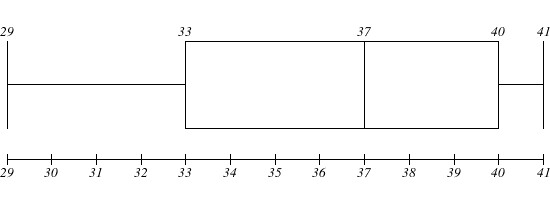
Photo Credit by: bing.com / whisker socratic boxplot explanation
Learn Box & Whisker Plots, How To Draw And Read Them | Caddell Prep Online

Photo Credit by: bing.com / whisker whiskers caddellprep
Box And Whisker Plot Worksheet Create And Analyze Box & Whisker Plots

Photo Credit by: bing.com / whisker
Learn Box & Whisker Plots, How To Draw And Read Them | Caddell Prep Online
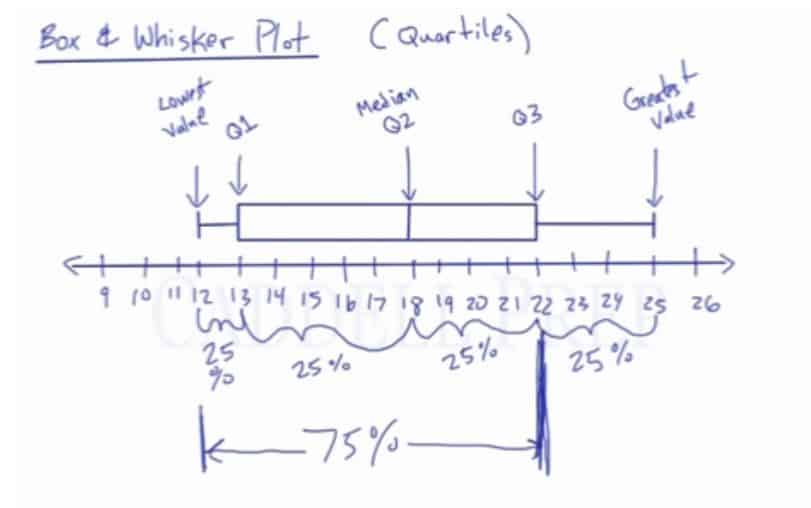
Photo Credit by: bing.com / whisker box plot draw plots read transcript lesson


